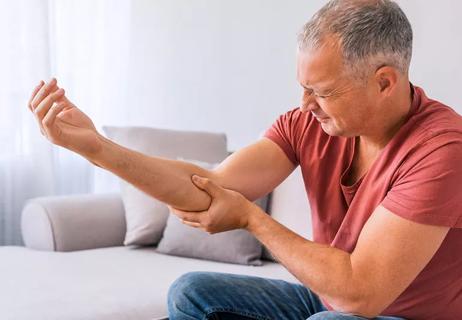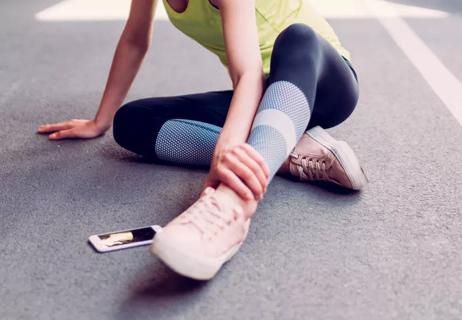
… food) when your appetite allows, and stay hydrated. If you’re able, take deep breaths, meditate or stretch to help relax your body.Do activities you enjoy and find relaxingKeep yourself distracted to help prevent …

… When that mucus leaks out, you notice it as watery discharge. It may also be sticky or stretchy.Birth controlCertain birth control medications can cause more watery discharge.“Some women find they have more discharge …

… something like this:You start eating. When food hits your stomach, the muscles around it begin to stretch to accommodate it.As those muscles stretch, the nerves around your stomach send messages to your brain …

… to strengthen the core muscles in the abdomen and back.“We emphasize core strength, cardio exercise and stretching,” she says. “Especially for upper back pain, work on improving core strength and the strength of the …
Advertisement
Cleveland Clinic is a non-profit academic medical center. Advertising on our site helps support our mission. We do not endorse non-Cleveland Clinic products or services. Policy

… a device with a hallow needle containing the implant. It’s so small you don’t need stitches — just a Band-Aid®,” says Dr. Brant. “Nine out of 10 of my patients say it …

… glutes, quads, hamstrings and calves in your lower body as you power your legs. Plus, the asymmetrical stretching movement also activates core muscles like your abs and obliques.“It’s a workout that targets muscles …

… Use a tennis elbow strap.Use anti-inflammatory drugs (pills or topical ointment).Do physical therapy to stretch and strengthen the forearm.If conservative treatments don’t help, there are still options to stimulate a …

… your body recover. Surgical symptoms typically get better as you heal.”Your incision may be closed with stitches, staples, glue or Steri-Strips. It’s important you keep the area clean and always wash your …

It’s a pretty universal experience: You pull off your shoes and immediately pull a face. Could that smell really be coming from your feet?!The technical term for foot odor is “bromodosis.” And if …

If you’re dealing with chronic heel pain, one likely culprit is plantar fasciitis. It’s a common foot injury that can cause a stabbing pain in the bottom of your foot near the heel …
Advertisement
Advertisement